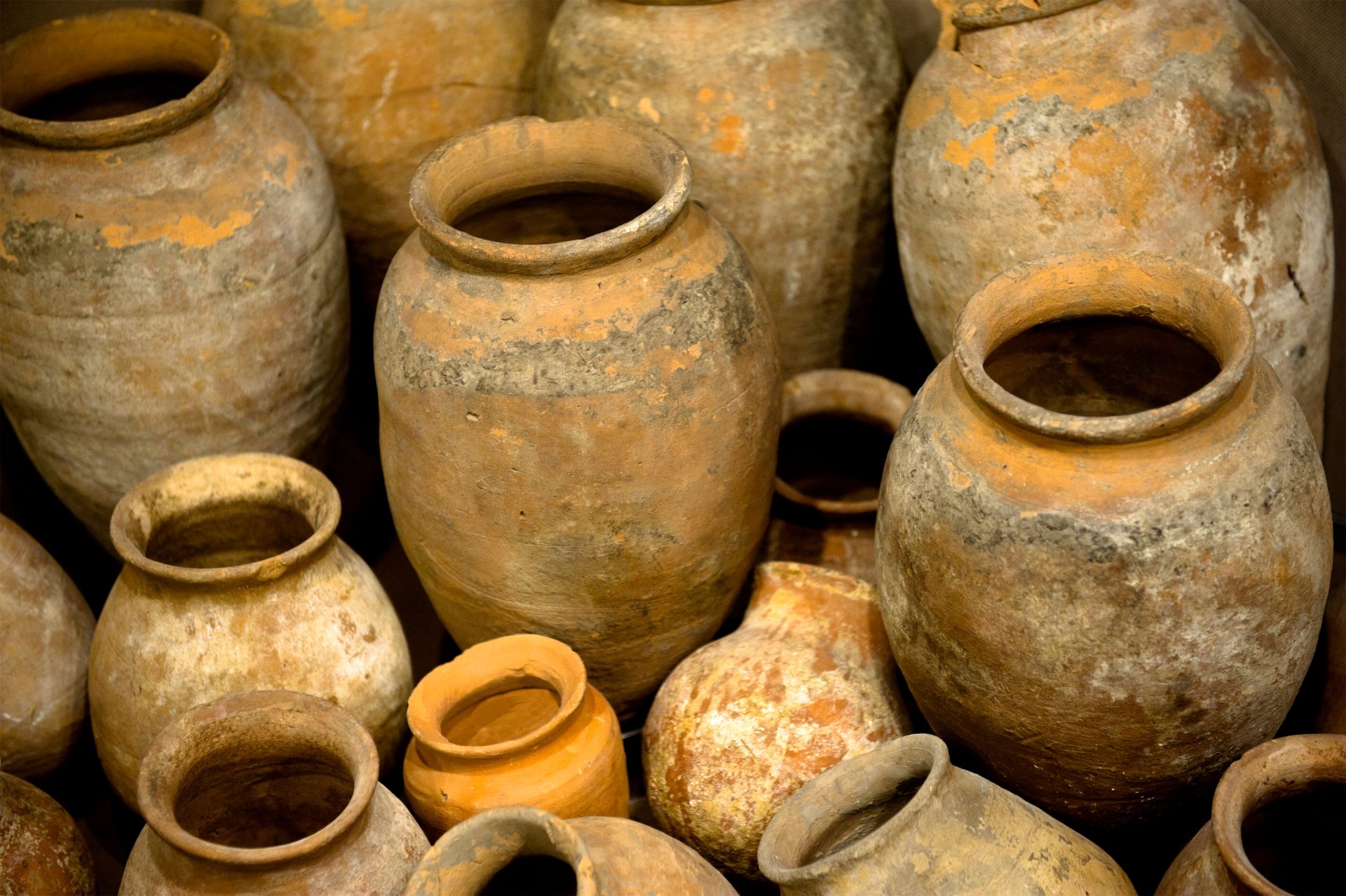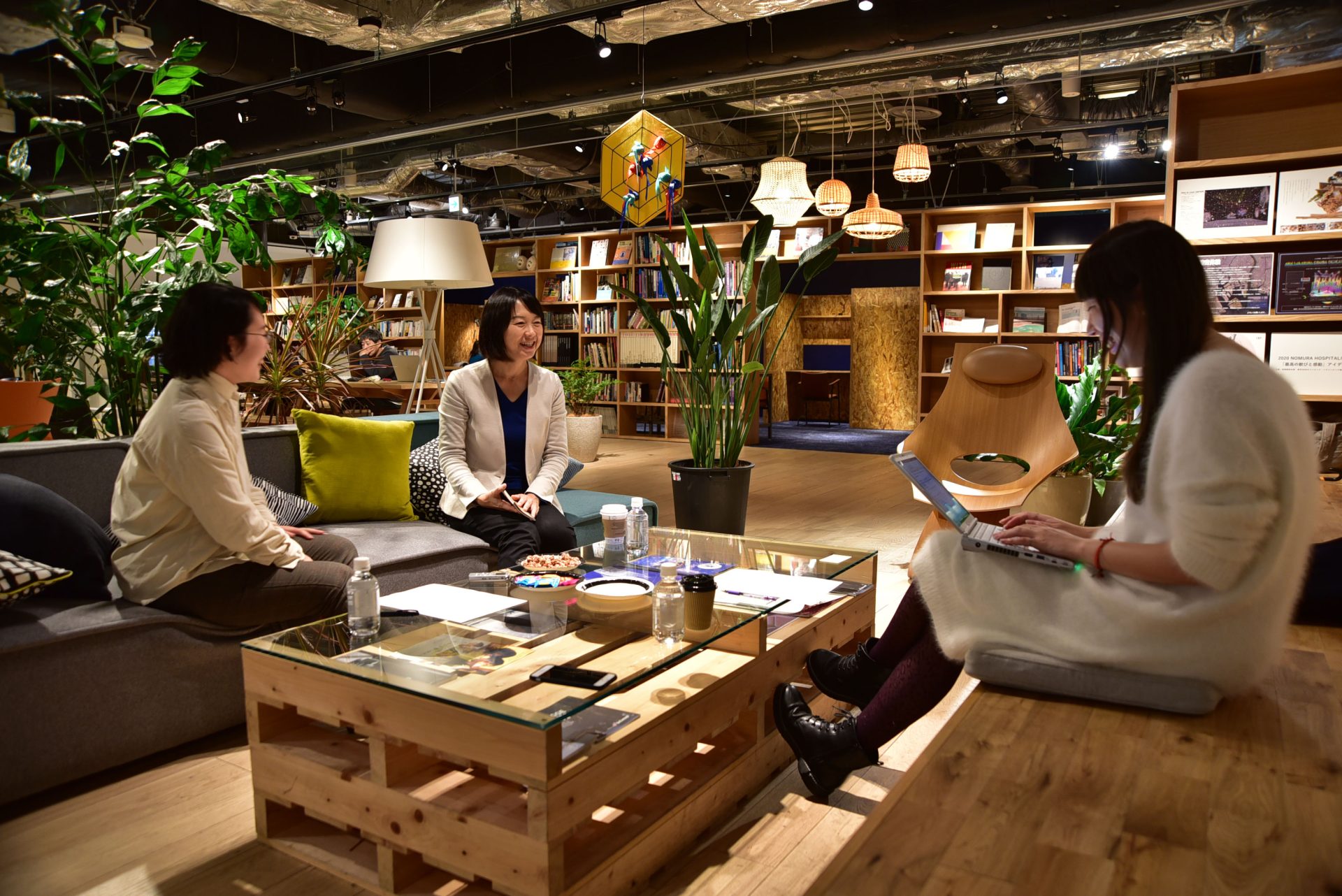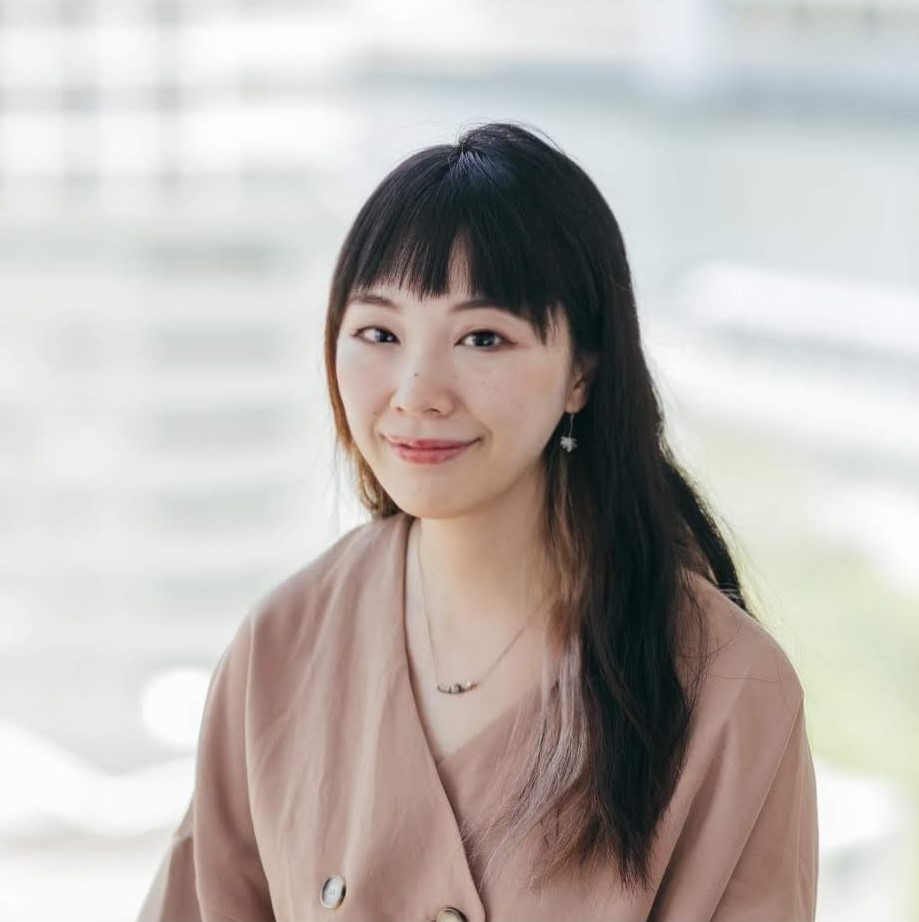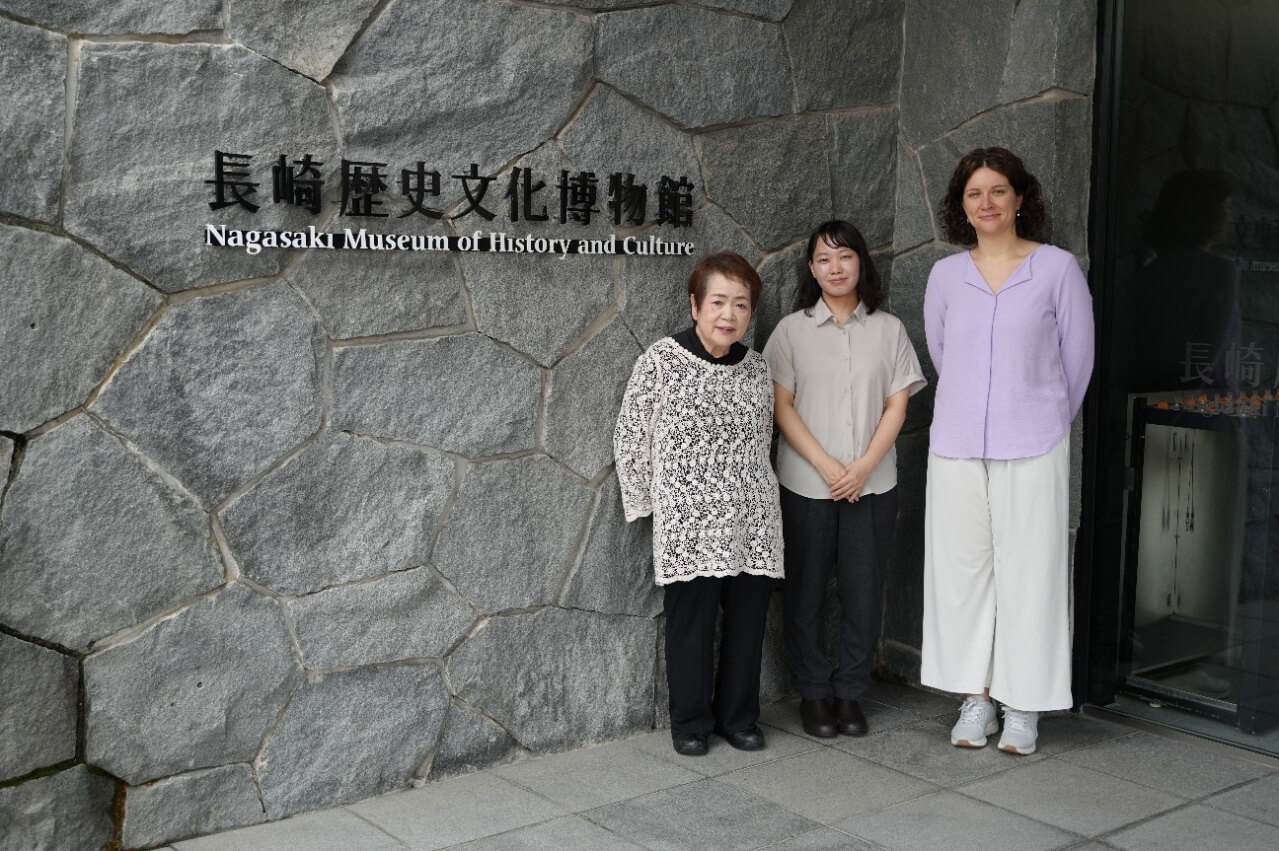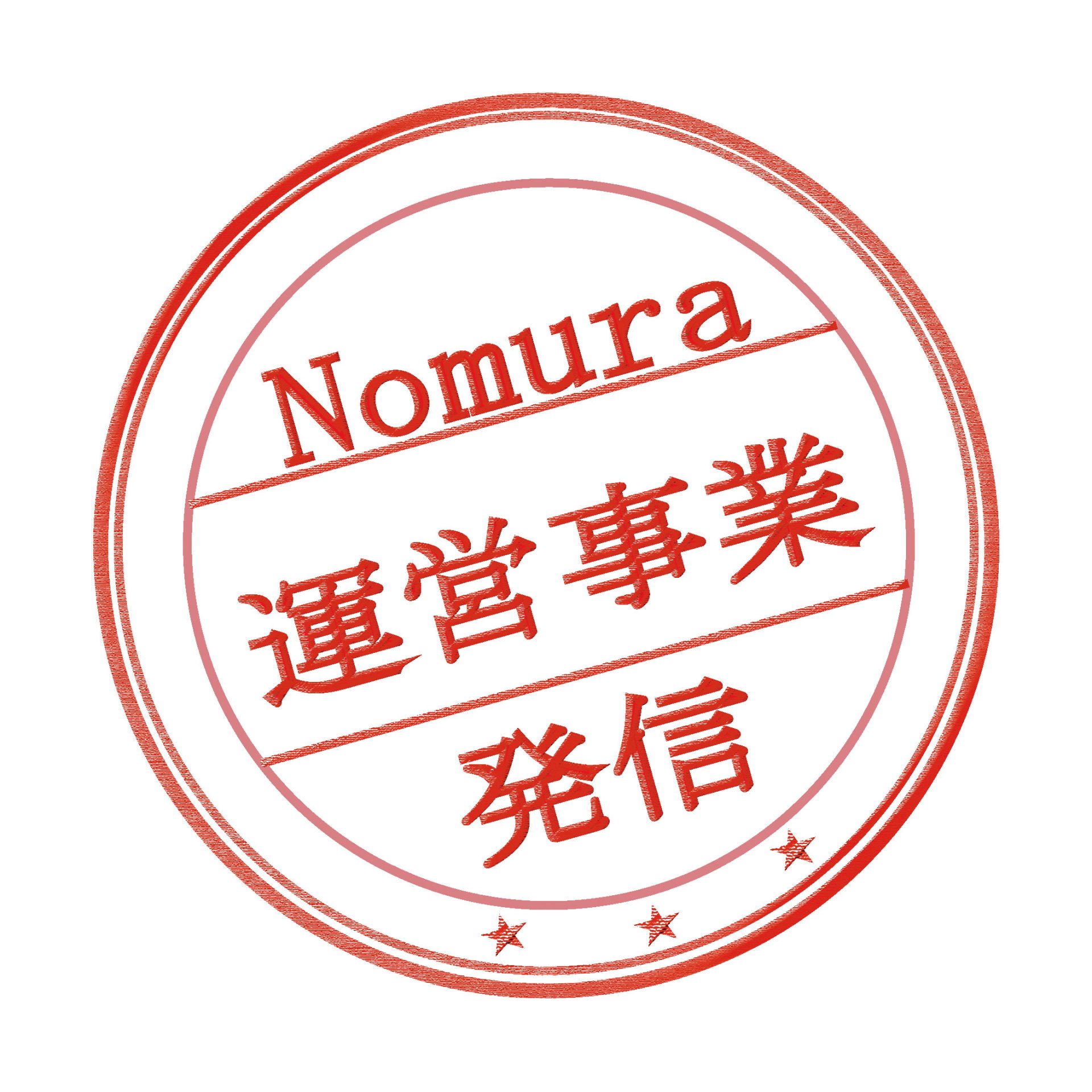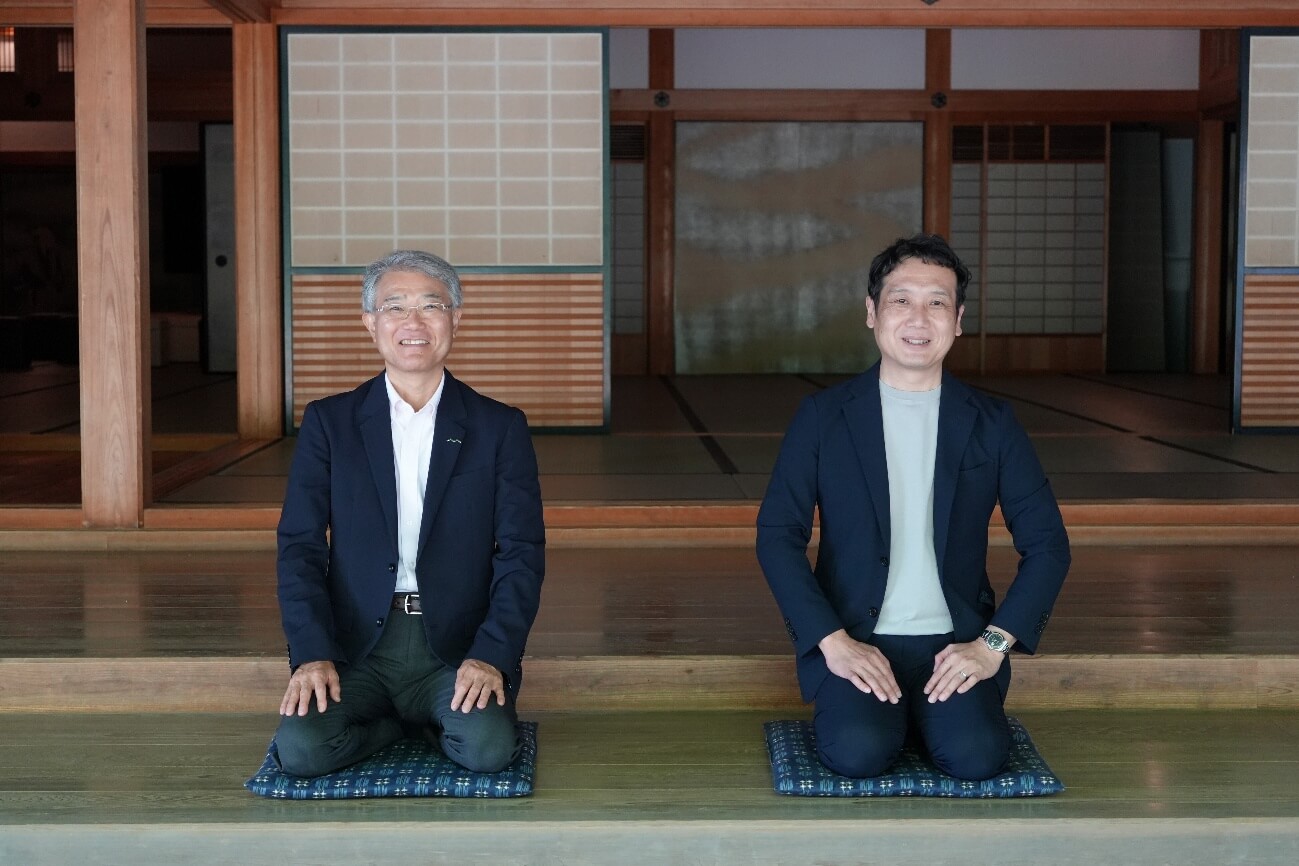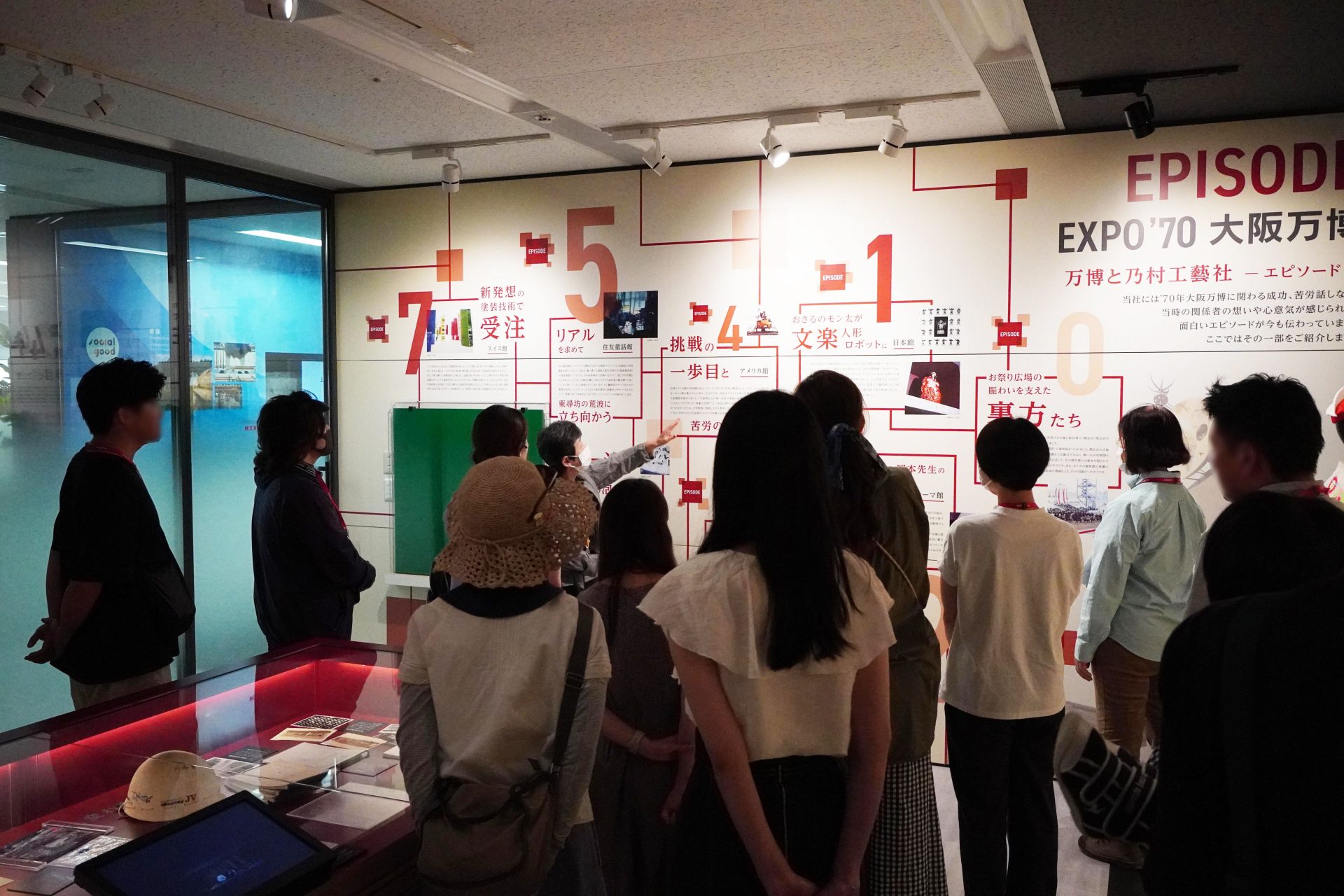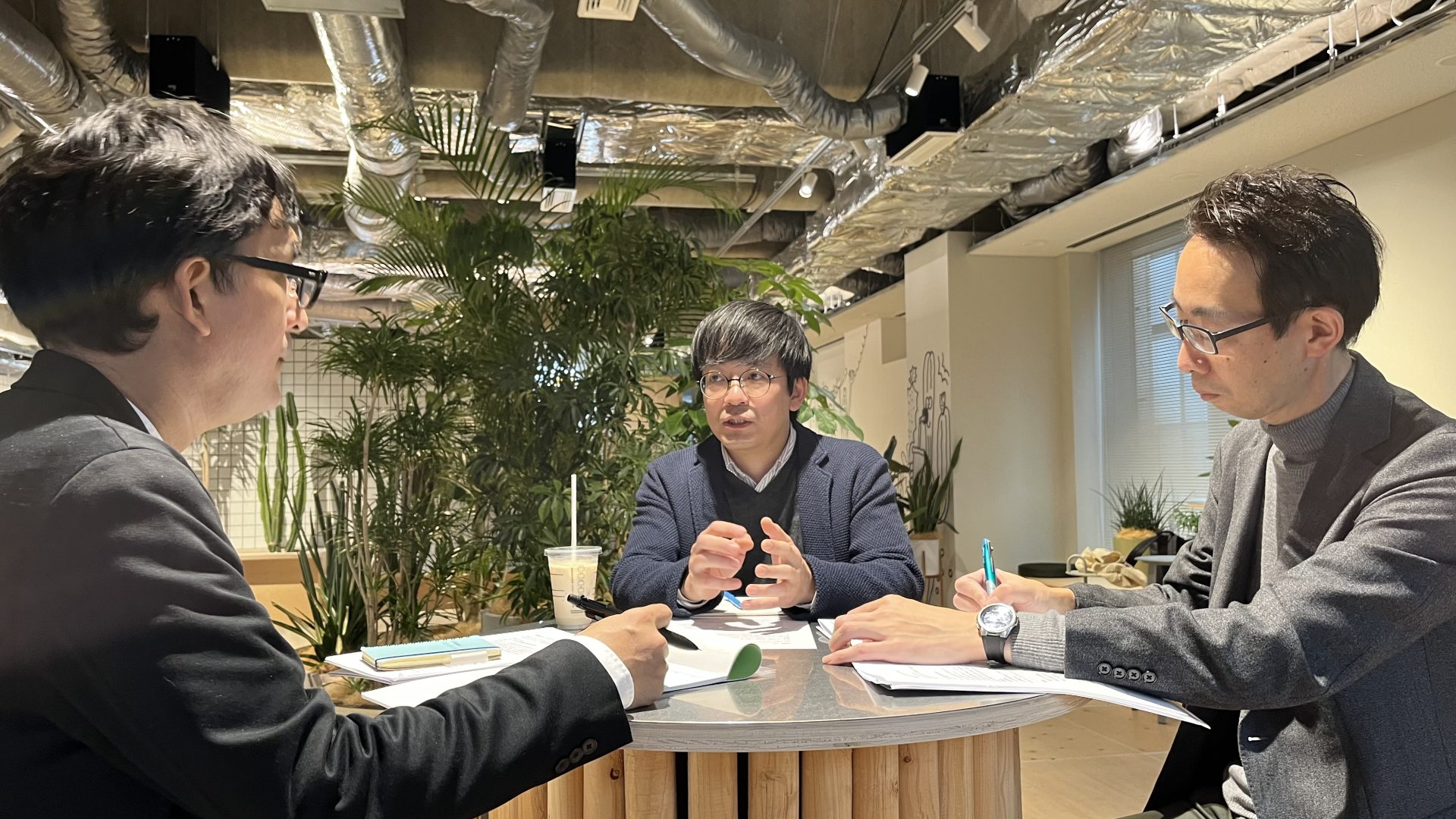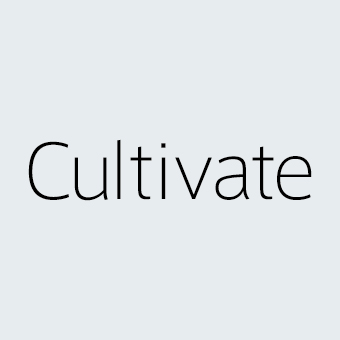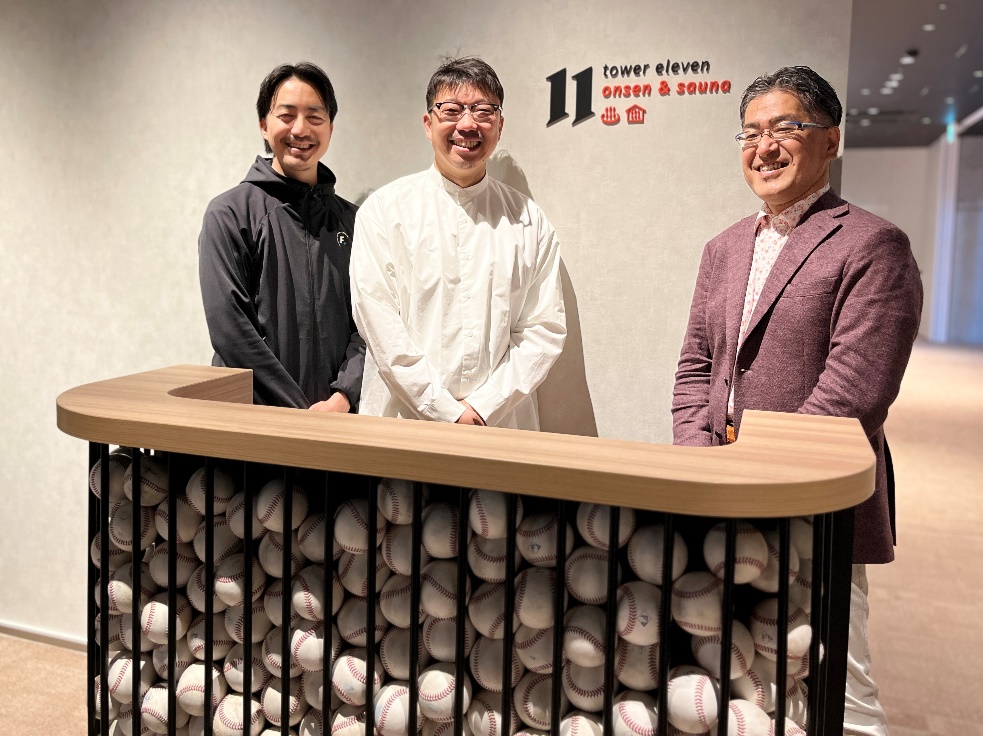- text and edit by
- 堀井 麻央
「いま、そしてこれからの空間づくりが持つ可能性」をテーマに
様々な先駆者・挑戦者にインタビューを行う対談企画
今回のテーマは「学芸員」と「空間プロデュースプランナー」
2本目となる本記事では、学芸員の仕事について、より深く掘り下げます
様々な展示・企画が催される博物館や美術館。そこで働く学芸員という存在は、皆さんご存じかもしれません。しかし実際、学芸員とはどんな人なのでしょうか?博物館や美術館にいて、何をしているのでしょうか?
中川さんへのインタビュー記事2本目では、外側からは計り知れないその奥深さを紐解きます。
※中川さんへのインタビュー記事、下國由貴さん執筆の1本目はこちら

(左)中川 あや 奈良国立博物館 学芸員
奈良文化財研究所の研究員として発掘業務を6年、展示業務を6年間行う。
その後、奈良国立博物館にて、考古学部門の研究員として研究・展示ともに意欲的に活躍中。
(右)堀井 麻央 乃村工藝社 プランナー
2016年乃村工藝社入社。自然博物館や科学館の展示プランニング業務を行う。
学芸員になるまでの道のり
堀井
下國さんとの展示づくりについての対談に引き続き、私からは、学芸員について聞かせていただければと思います。まずは、中川さんの、学芸員になるまでの道のりについて、お聞かせください。
中川
思い返せば、小学校の高学年くらいから歴史が大好きでした。たとえば、NHKで放送されていた、歴史誕生っていう番組があったんですけど、もう心つかまれちゃって。
そして同じ頃、邪馬台国に関係すると言われた吉野ケ里遺跡が見つかって、母に連れられて佐賀県まで見に行きました。他にも古代の天皇の系図を黙々と写したりしたこともあります(笑)。勉強でも、歴史の授業が一番好きで、社会の成績が一番良かったです。逆に理系はまったくでしたね。
学芸員という職業への道はどのように開かれたのか?
堀井
では、そういった興味がまっすぐに続いた結果、学芸員という職業につながっていったのでしょうか?
中川
まっすぐかというと、実は少し違います。私は小さいころからピアノをずっと習っていて、将来は音楽の道に進むものだと思っていたのです。なので、中学生までは歴史は私の中でサブストリームでした。
高校に上がった時、音楽の道には進まないことを決めたのですが、さて、じゃあ進路を考えようとなった時に、「どの科目=学問を選択するか?」という考え方になりました。同じ高校の友人たちは大抵そうでした。そこでやっぱり私が選んだのは歴史でした。
そして、その選んだ学問を大学院まで追求していくと、その延長線上にある研究系の職業に就かなきゃと思ったんです。そうしないと、学費を払ってもらった親に納得してもらえないと思っていたというか。
堀井
えらいですね~すごい。
中川
その時は、なぜかそういう選択肢しかないと思っていたんです。乃村工藝社みたいな会社を知っていれば、もしかしたらもっと違う道があったかもしれないですね。すごく細い積み木を積み上げてきたような道のりでした。歴史研究の道でたまたま就職できたのはラッキーでした。
 乃村工藝社の社屋の本棚にも、興味津々の中川さん
乃村工藝社の社屋の本棚にも、興味津々の中川さん
学芸員の他人からのイメージとは
堀井
では現在、「私の仕事は学芸員です」といったときに、一般的にはどのように捉えられることが多いでしょうか?
中川
例えば、ママ友なんかに「学芸員です」というと、「あの展示室に立ってる人やろ?」と言われます。
堀井
やっぱり(笑)イメージはそれですよね。
中川
博物館にたまに知り合いが来てくれると、どこにいるのか分からなかったって言われるんです。やっぱり博物館で働いているというと、チケットを切っているか監視で立っているかとしか思ってくれない。見えるところにしかいないと思われていることが大半です。
堀井
そのように言われた時、具体的に訂正して説明したりしますか?
中川
「裏にいてるよ、呼んだら出てくるからいつでも呼んで」って言います。あとは、博物館にいないときは「トラックに乗ってる」って言います。トラックに乗って、作品を運んでいるっていうことですね。分かりやすい切り口で言わないと共感してもらえないと思うので。作品を見て、調査しています、と言ってもピンとこないでしょう。

1本目記事の下國さんも混ざりながら、インタビューは進みます
学芸員は“魅力を理解する者”として
展示づくりをリードする
堀井
学芸員の仕事には、調査研究や資料の保存とともに、展示や教育普及といったことも含まれます。
一方で我々乃村工藝社は、展示制作業者という立場から、学芸員の方々と一緒に展示内容を考え、展示室を設計し、時には解説文を書いたりといったこともお手伝いさせていただいています。
そこで、専門家である学芸員が展示を考える場合と、学者ではない我々展示プランナーが考える場合とで、そのプロセスに違いがあるのではないかと思いますが、中川さんはどんなプロセスで展示を考えていらっしゃるのでしょうか?
異なる視点を持った学芸員と展示プランナーの展示づくり
中川
一口に学芸員と言っても、私は自分の専門分野の展示ばかりをしているわけではありません。例えばうちの博物館では、仏教美術は欠かせない要素なので、私からしたら他分野であっても、必死に勉強をして展示に生かします。その際には、基本的にはその分野の方法論に染まります。専門家から見たスタンダードな切り口を一度学んだうえで、展示での切り口を考えるということです。展示では、研究成果を直球で投げても面白くないし、展示ならではの新しいストーリーを描きたいですよね。既存の枠組みを違う料理に変えるというかんじです。
堀井
そうなんですね。展示プランナーの場合は、どの分野をとっても全く専門家ではないので、いきなり別角度から考える傾向にあります。例えば地層を扱う展示であれば、その地層がある地域の特色とか、地層の見た目の印象とか。仕事の性質上、専門知識を備えた学芸員さんや監修の先生と一緒に考えることが多いので、学問的なことは彼らに教えてもらおうという、そんな考えもあるかもしれないです。
中川
なるほど。私の場合は、展示のために他の分野を学ぶ場合でも、自分の研究とやり口は同じです。ある事柄を知るためにはその背景を知りたいから、関連するものは全部調べるし、全体を知らねばコアを語れないという気持ちがあります。
堀井
では、中川さんが展示プランナーと一緒に展示を考える場合は、プランナーにも、その分野の基礎を同じように学んでいてもらいたいですか?
中川
いいえ!逆に、こっちが想定しない角度から切り込んでくれ!というのが、私の展示プランナーさんへの期待です。全然知識のない人でも、面白いアイデアがウリ!っていう人と仕事がしてみたいです。何度アイデアをだしてくださっても、心がときめかない場合はチェンジ!って思っちゃいます…。
堀井
チェンジは怖いなあ…。私たちは、専門家ではないといえども、ある程度勉強はしなくちゃいけないと思っています。実は中川さんのように「こういう展示がしたいからアイデアちょうだい」という場合は意外と少なくて、展示業者が展示内容を提案して、学芸員や監修の方が修正や意見を入れる、ということが多いので、付け焼刃ではありますけど、こちら側にもやはり勉強は必要です。
展示の内容は学芸員がリードする
中川
私が展示プランナーに知識を求めないのは、モノの魅力はやはり専門家でないと語りつくせないと思うからです。かつて、展示プランナーの提案に対して私が意見や希望を言った時、その場で言ったことだけをそのまま反映されたことがありました。実はその周辺にもたくさんの魅力が隠れているのですが、当然語り切れない部分もあるし、プランナーも拾いきれないでしょう。そういうのはどこの本を見ても載っていなかったりするものです。であれば、展示の内容については学芸員がリードする方がいいのかなと思います。
逆に、学芸員は知っている世界が狭いので、展示プランナーには知識の広さを期待するかもしれません。思いがけないものの融合や、新しいひらめきなどです。深さは学芸員、広さは展示プランナーといったところでしょうか。
►後編へつづく
(PHOTO by Hideki Sato)
———————————————————————————————————
★中川さん執筆の最新書籍『見るだけで楽しめる!平城京のごみ図鑑 最新研究でみえてくる奈良時代の暮らし』
奈良文化財研究所 監修
河出書房新社 http://www.kawade.co.jp/np/isbn/9784309226880/
――――コレが奈良時代のごみ?
発掘で出土した「ごみ」が、奈良時代人の食生活や暮らしぶりを豊かに語る!
———————————————————————————————————
この記事は気に入りましたか?
